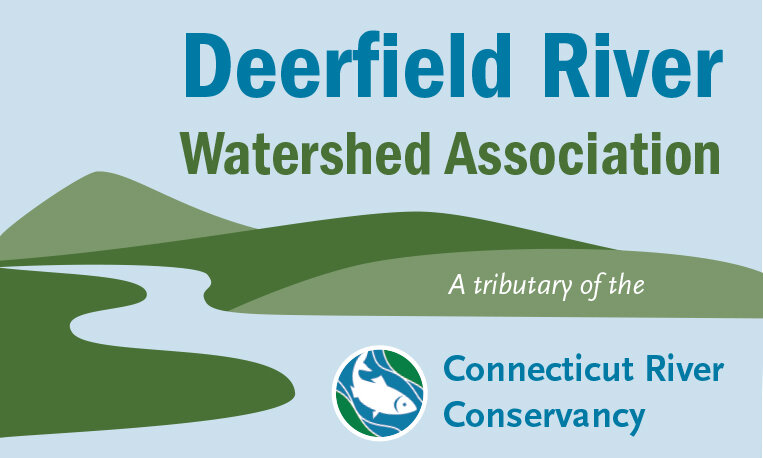Living among the cobbles, boulders, sand, leaves, and other materials on our rivers bottoms is an incredibly diverse world of insects, snails, clams, worms, mites, crayfish and other benthic macroinvertebrates that play an important role in the maintenance of healthy streams and watersheds. When something goes awry with water quality or river habitat, these communities of tiny animals are almost always effected. Examining this life in water both opens up a diverse new world that bustles with activity and also provides great insight into the condition of our rivers and streams.
Caddisfly Larvae
Benthic macroinvertebrates (BMIs) are tiny aquatic animals and insect larvae. Benthic means "bottom-dwelling". Invertebrates are organisms lacking in a backbone and the "macro" preface indicates that these organisms are visible without the use of a microscope. BMIs are most often found attached to rocks, vegetation and other debris or burrowed into the sediment at the bottom of the water.
Stonefly Larva
Benthic macroinvertebrates are commonly used as indicators of water quality because they spend all of their time in water, are easy to collect and study, have limited mobility, integrate the effects of short-term pollution and disturbance, and they differ in their pollution tolerance levels and react in predicable ways. This, in addition to the relative ease and lack of expense for sampling them, makes BMIs ideal for the use in monitoring the quality of water. We can evaluate the abundance and biodiversity of BMIs to draw conclusions about the quality of the water in which they reside. Healthy waterbodies tend to have high diversity and abundance of BMIs. Less healthy water is indicated by BMI taxa that are more pollution-tolerant and less diversity. Degraded conditions can often be detected through a cursory examination by an experienced biologist. Biological condition is the most comprehensive indicator of the health of a waterbody.
Click here to view macroinvertebrate studies throughout the Deerfield River watershed.




